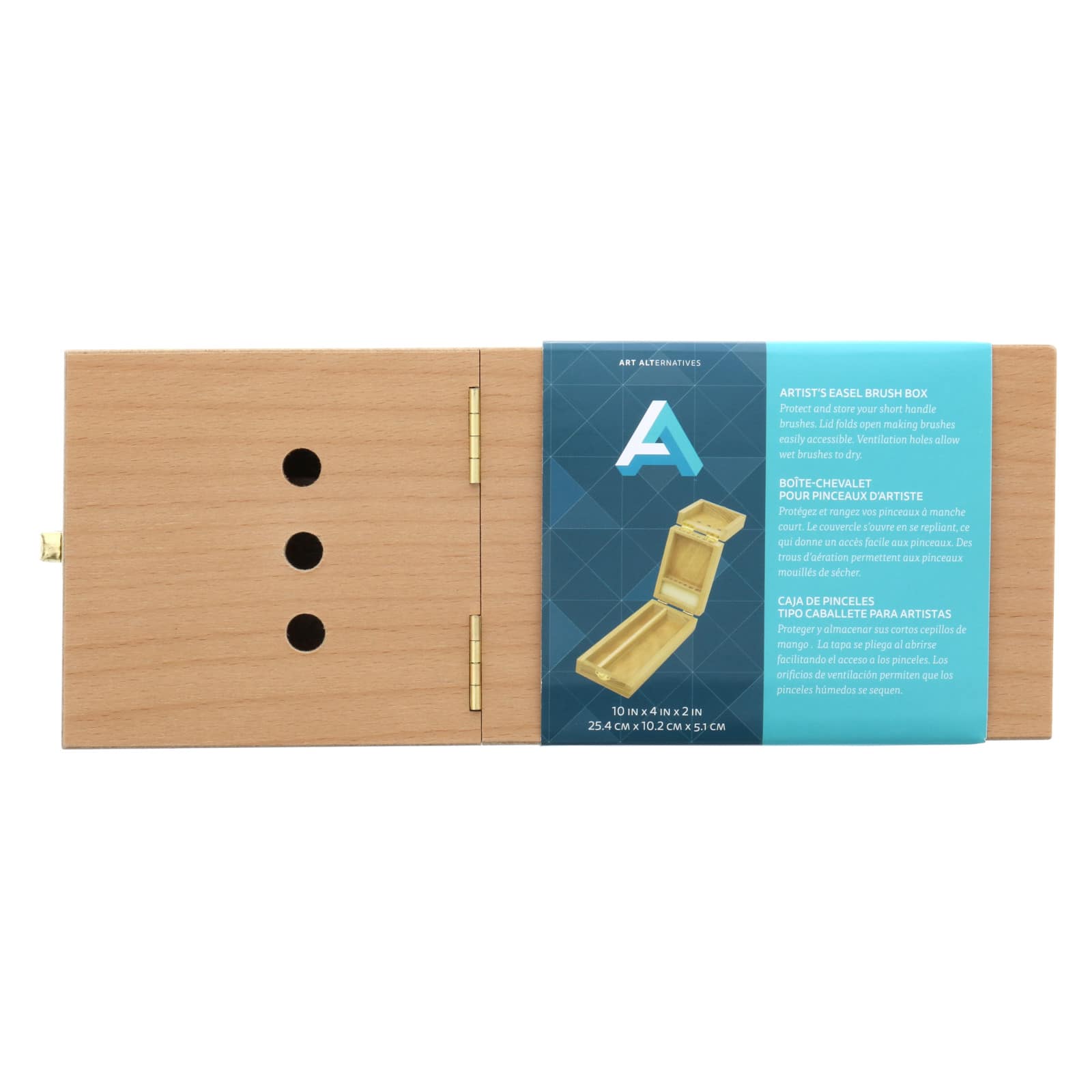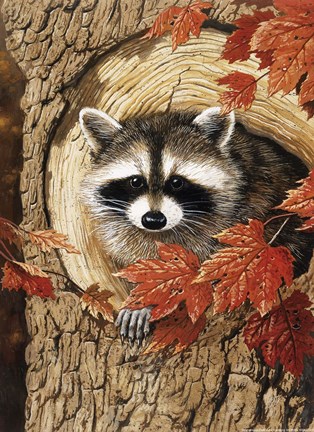
Rejecting a uniform organising principle or label, contemporary art is eclectic and diverse. For many, the cut-off period marking the end of Modern Art, and so the beginning of contemporary art, is identified with the birth of Postmodernism in the 1970s. There is no definitive agreement on when contemporary art started.

Modern artists developed a new way to intend art, moving away from figurative art towards abstraction. In this period, art started breaking rules and traditions as well as embracing experimentation with different materials. The term Modern Art describes art made from around the 1860s to the 1970s. In the art world, these two terms refer to two distinct times of creation and to very different scopes and approaches to art production. In fact, it often leads to confusion and conflation of the terms modern art/artists and contemporary art/artists. The fact that “contemporary” and “modern” in vernacular English are synonyms does not help. Before delving into it, it is necessary to understand the difference between contemporary art and its previous artistic period: Modern art. However, the term contemporary art indicates more than that. The loose, simple definition is: art that has been made in the present day or in the relatively recent past.

The platform is free to use, and it only takes minutes to create your own customized online storefront.What is Contemporary art? And how would you define a contemporary artist? Related articles: 15 Contemporary Black Artists Everyone Should Know About - Oil Painting: Different Artists & Unique Techniques - Top 10 Most Expensive Paintings Ever Sold At Auction Once you’ve added them to your shop, let your followers know ASAP!Īre you interested in selling Double-Sided T-Shirts, but don’t have an Artist Shop? Sign up here. Alternative print locations are a major addition to Artist Shops, and they’ll surely excite your customers. This will help you rekindle interest in your previous work. In addition to creating new designs, think of ways you can revisit and repurpose old designs to include back prints. Visit the Threadless Marketplace to see even more examples of killer Double-Sided T-Shirts. A yellow smiley face hides a naked skateboarder’s naughty bits in Felix Pimenta’s “Censored Skater,” and an unsuspecting rubber ducky faces imminent danger in “Save Ducky” by Steve Ash.

However, the back print reveals an entirely unexpected image to a humorous effect.

In both of the shirts above, the front print gives a subtle hint of what’s going to appear when the wearer turns around. “Censored Skater” by Felix Pimenta and “Save Ducky” by Steve Ash


 0 kommentar(er)
0 kommentar(er)
